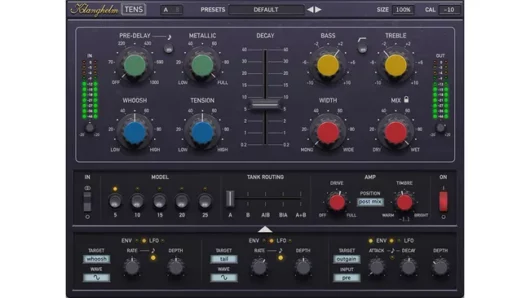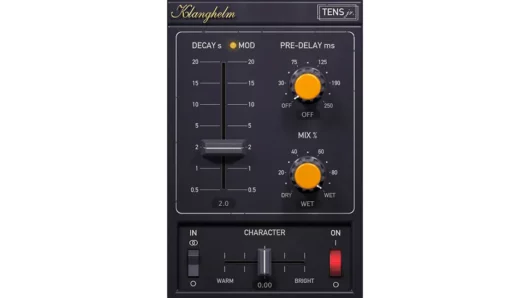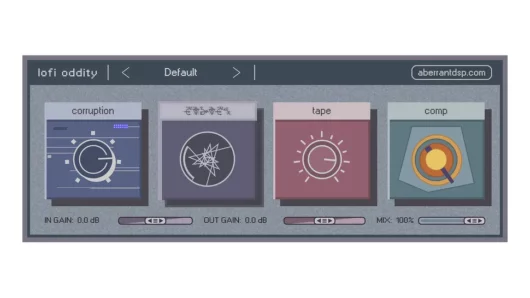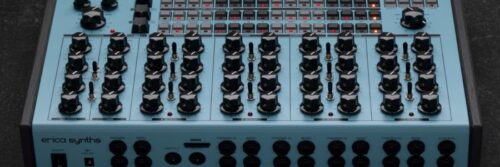Klanghelm reboots AKG BX Spring Reverb with TENS Plugins

Klanghelm’s first reverb plugin, Tens, has been finally released after 3.5 years of development. Klanghelm reboots AKG’s BX spring reverb with its new Tens plugin, and there’s also a free version available, Tens Jr.
It all started from the early 1970s to early 1980s. During the ‘70s and ‘80s, AKG offered a unique take on the spring reverb concert with its BX series. This kicked off with the sizeable BX20, and was followed by the more portable BX10, rackmounted BX5 and then the BX25, which added a built-in delay.
If you want to hear what the BX boxes were all about, Klanghelm is now giving you the opportunity with its new Tens plugin. Inspired by AKG’s design – which enabled various connected spring elements of different lengths and wire diameter to vibrate inside a small, isolated space – this offers a wide range of decay times and outputs in stereo rather than the original mono.
You can tweak the sound using Tension, Whoosh and Metallic controls, while the optional (pre)amp saturation can be placed anywhere in the signal chain. There are three modulation slots; each of these offers an envelope and an LFO, which can be used to modulate any parameter. The envelope follower can be triggered by the input, output or an external sidechain signal, and you can also use it for ducking effects.
The hope is that Tens will be capable of recreating the kind of deep, organic reverbs that the BX models were known for, with those modulation options opening up the possibility of fashioning tremolo, chorus, vibrato and phaser-style sounds as well.

If you want a taste of Tens but do not want to stump up the $24 that it costs, there is also a free version Tens Jr, the little brother of the studio spring reverb TENS. It features TENS model 5 – tank A, which gives you just a single tank to work with. It’s still stereo, and also offers a single fader that enables you to adjust its character.
TENS offers:
- a wide range of decay times (from 0.2 seconds up to 40 seconds)
- as opposed to the original each tank of TENS’ models outputs a stereo signal instead of mono
- various options to deeply alter the actual models via the TENSION, WHOOSH and METALLIC controls
- optional (pre-)amp saturation, that can be placed freely in the signal chain
- three modulation slots to add movement or create out-of-this-world sounds
- every continuous TENS parameter can be a modulation target
- the target can be modulated by either an LFO or envelope follower
- the envelope follower can be triggered by either the reverb input, ouput or even an external sidechain signal
- using the envelope follower for ducking effects is also possible
- the envelope follower can be used to shape the dynamics of the input, the optional amp saturation and the reverb signal
- with the modulation section various modulation effects can be achieved, such as tremolo, chorus, vibrato, phaser-like sounds and more rather unusual sounds plus combinations of the aforementioned effects
Both versions of Tens are available now and run in VST/AU/AAX formats for PC and Mac. Find out more on the Klanghelm website.



